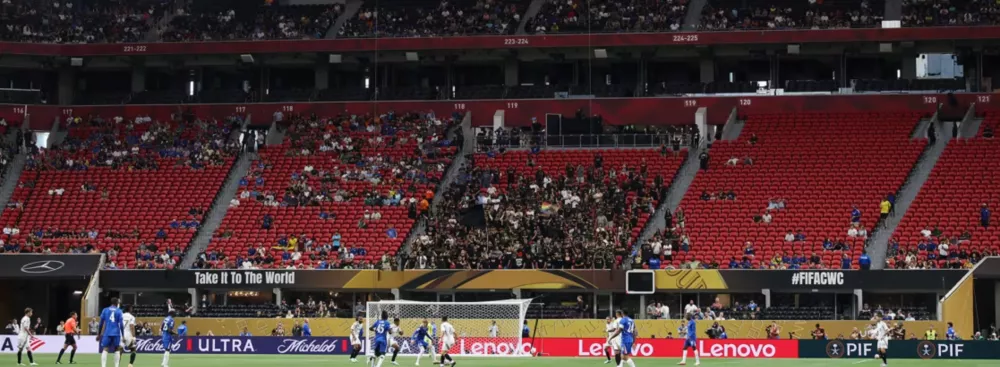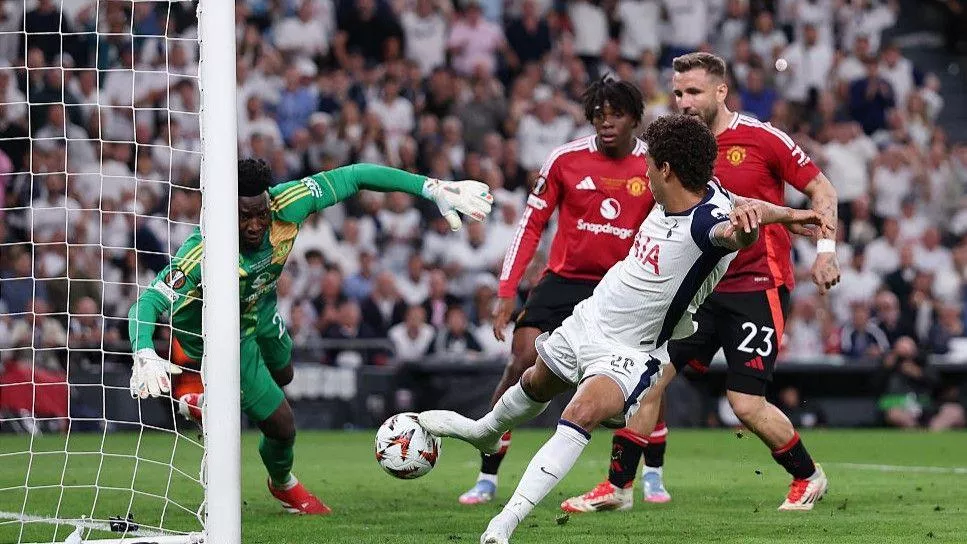The Risky Bet of Dynamic Pricing: Why Fans Are Set to Lose in 2026
FIFA is preparing to roll out dynamic pricing for general public ticket sales to the 2026 World Cup—meaning prices for matches could balloon based on demand, much like airline or concert pricing. While common in U.S. entertainment, applying this model to the “people’s game” threatens equity, fairness, and fan access.
1. Sky‑High Prices, Even for Ordinary Fans
Critics warn that marquee games—such as the final or high-profile group-stage matches—could command ticket prices in the thousands of dollars. For context, Super Bowl tickets regularly exceed $6,900 on average. Fans who once dreamed of attending could now struggle to afford even a single game.
2. Exploiting Loyalty, Not Serving It
Supporter groups and loyal fans are particularly vulnerable—pricing could erect financial barriers for those who follow their national teams but lack the means to pay premium rates. Organizations like Football Supporters Europe have decried it as “an exploitation of fans’ loyalty.”
3. Lack of Transparency, Eroding Trust
FIFA has offered no details on how prices will change, how often, or based on which data inputs. Fans are being asked to “trust the black box,” with no clarity on pricing algorithms, purchase caps, or anti-scalping safeguards.
4. Secondary Market Chaos
When primary ticket prices swing wildly, resale markets become unpredictable. Without fixed floor prices or limits, scalpers could fix on high-value games, inflating prices even further and making justice and affordability for fans unlikely.
Are Fans Going to Suffer?
Yes. Those most affected include:
- Everyday supporters: dynamic pricing may price out parents, students, or even mid‑income fans.
- Visiting fans from abroad: Unlike host‑nation fans, they won’t benefit from any exemptions.
- Casual fans: Unpredictable costs may deter spontaneous purchases and dampen enthusiasm.
What FIFA—and Regulators—Need to Do
- Cap prices: Introduce maximum pricing tiers to prevent runaway costs for critical matches.
- Guarantee access: Preserve a block of affordably priced tickets exclusively for ordinary fans and official supporter groups.
- Be transparent: Publicly share how pricing algorithms work, how frequently adjustments occur, and what data informs them.
- Enforce resale controls: Limit ticket flipping through strict resale caps and official secondary-market oversight.
Conclusion
Dynamic pricing for the World Cup represents a profound shift in ticketing philosophy—from community access toward selling to the highest bidder. Unless FIFA balances profit motives with fan equity, loyal supporters are likely to be priced out of what should be their moment in the global spotlight.





